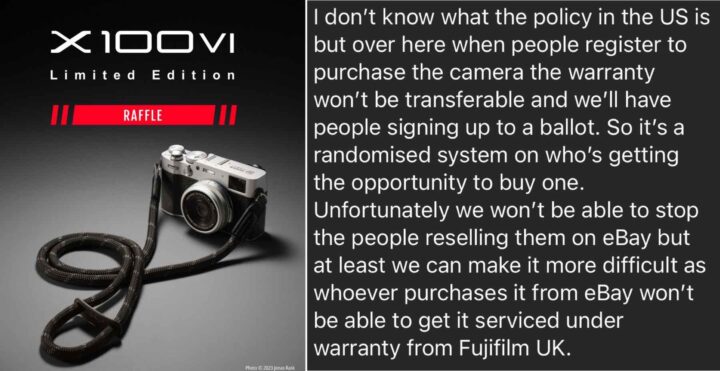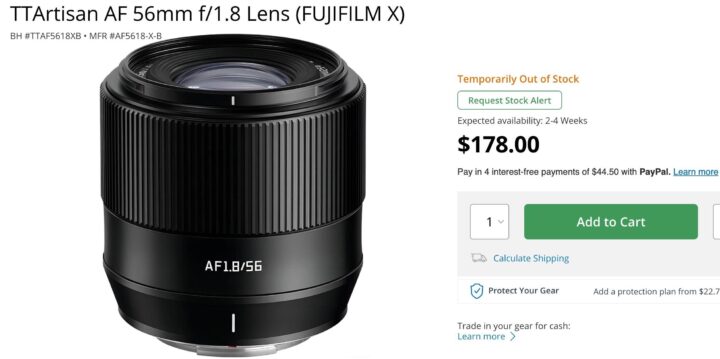DEALS: Luminar Neo up to 83% Off and Topaz Gigapixel Sale Ends This Weekend
Luminar
Skylum just launched their Luminar Neo with discounts of up to 83%!
- Luminar Neo 1 month : $11.95
- Luminar Neo 12 months : $79
$99+ for free a $330 worth Spring Assets Collection + Forest Photography Masterclass worth $79 (83% off) - Luminar Neo 24 Months : $119
$149+ for free a $330 worth Spring Assets Collection + Forest Photography Masterclass worth $79 (73% off) - Lifetime license : $199
$249+ for free a $330 worth Spring Assets Collection + 1 + Forest Photography Masterclass worth $79 (68% off)
The deal ends April 8.
Topaz
This week only you save $20 on the just released new Gigapixel 7 (Click here).






